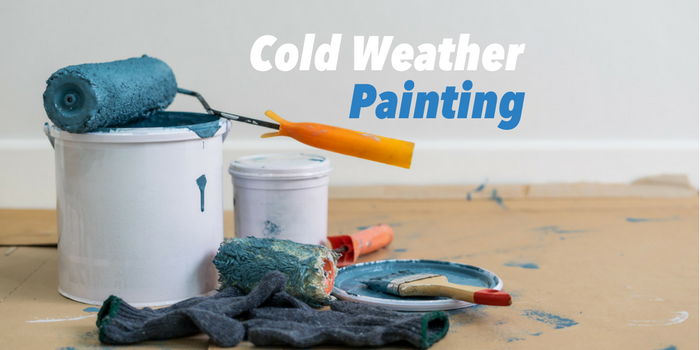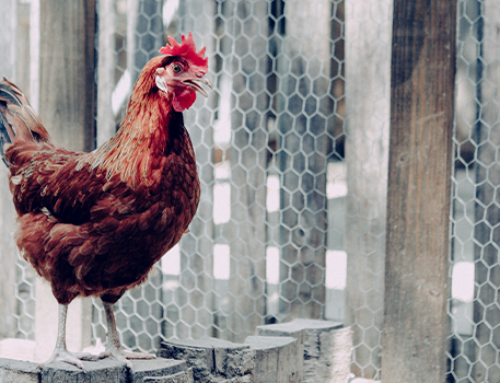Sometimes, despite our best efforts, things fall behind schedule or the weather changes and we’re faced with having to paint during the early months of the year, when temperatures are not always ideal. Your community may have already faced this, or maybe you will in the near future, so we wanted to take a moment to talk about cold weather painting and how to make the most of it.
First, and most importantly, hire a reputable professional painter! No matter what time of year, a professional painter will make all the difference in the final results. That said, take some time to educate yourself about painting in cold temperatures so you can ask the right questions and you’ll know what to watch for.
Here are some things consider before moving forward with cold weather painting!
- Cold weather is generally defined as 30-50 degrees. That window may change based on the type of paint your using.
- Know your paint! Alkyd and latex based paints perform very differently in cold weather. Depending on brand and type of paint, cold temperatures can affect drying time between coats and additives may be needed to keep the paint from freezing or becoming too thick.
- Read what the paint manufacturer recommends. All paints are slightly different and they come with their own recommendations on how to use them in specific temperatures.
- Know the temperature! Don’t just depend on air temperature; you’ll want to know the actual temperature of the surface your painting. Now is a good time to invest in an infrared thermometer!
- Check in with the painters. Just because the painters say everything is going well, doesn’t mean it’s OK to check out. Make sure you or someone on the board is actively monitoring the process. Make sure they are using the right paints, the tools (this can change too, depending on temperature), and make sure they use a good bonding primer!
No matter how careful you or your painters are during cold weather painting, there are still things you need to watch for. Stop the work and talk with your painters if you see anything happening that might be an issue later, like film cracking or poor color uniformity.
While it is best to paint during the warmer months, cold weather painting is possible as long as you take time to find the right paints, additives, tools, and you pay attention to temperatures and upcoming forecasts. Follow the advice a professional painter, and if you think something isn’t working well or you have concerns, voice them early!
For more tips on community maintenance, check out our blog, here. Or for specific questions regarding the management of your HOA community, contact Spectrum to speak with one of our experienced team members.







